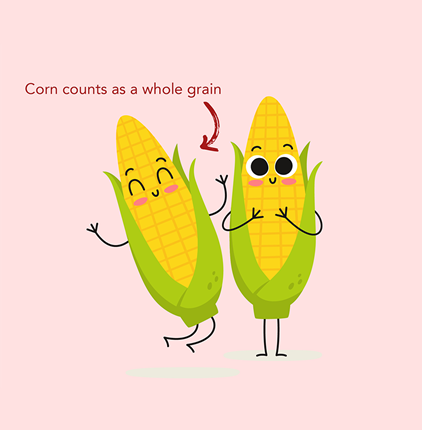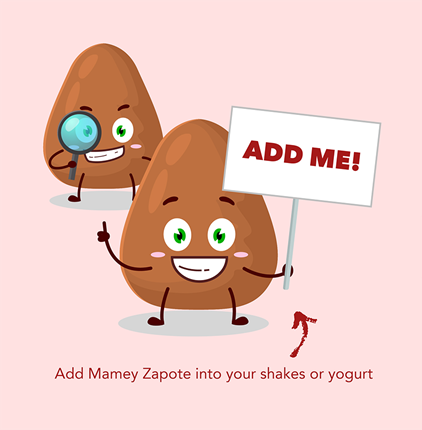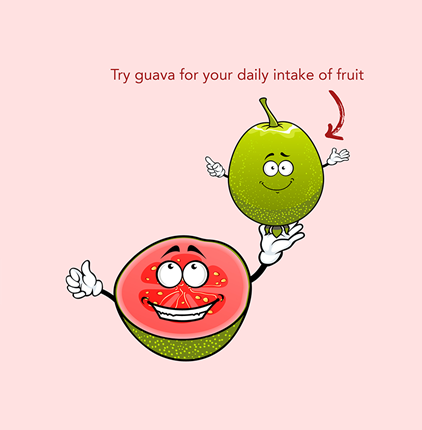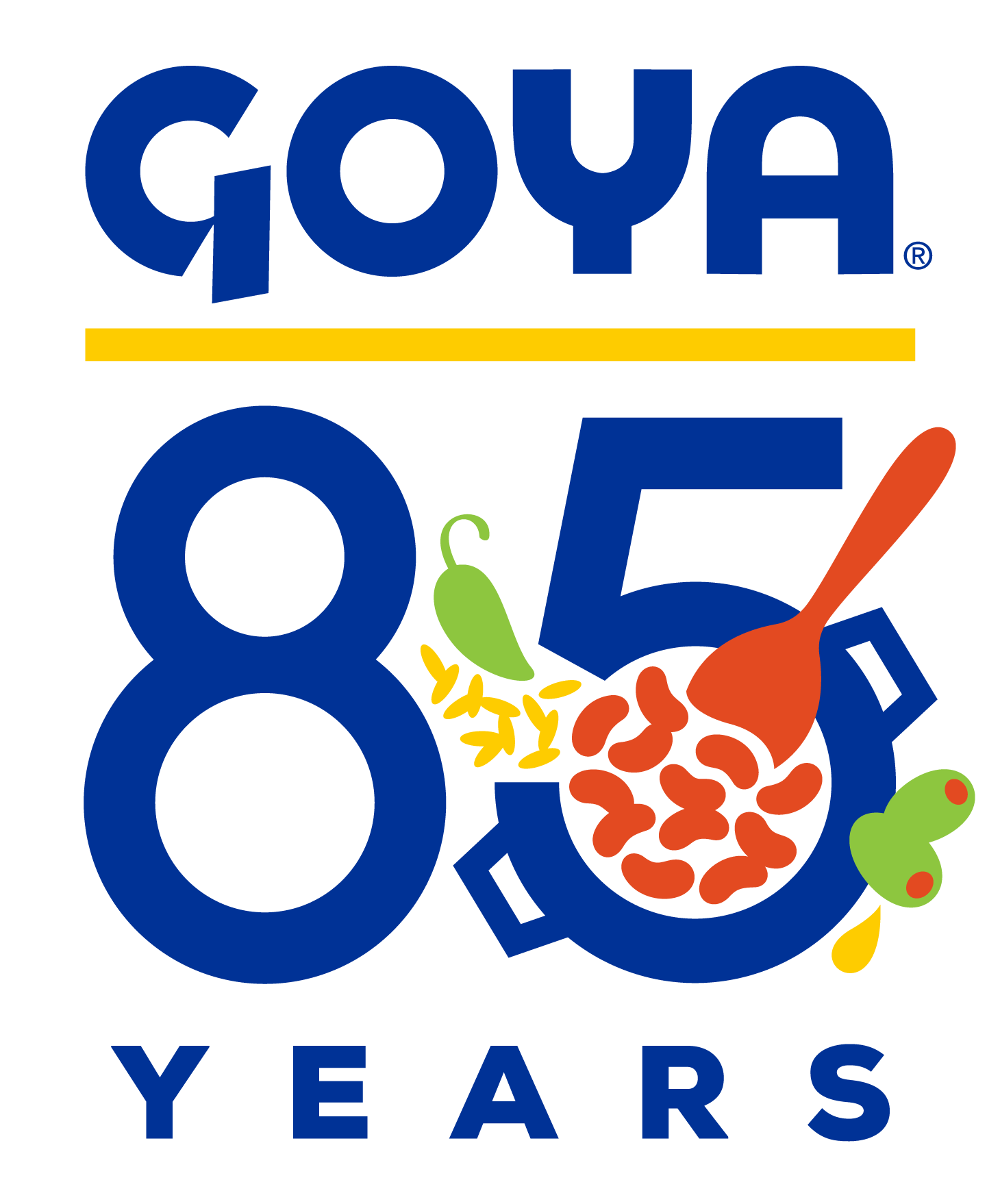Share this using:
Many people feel they must choose their cultural foods OR be healthy. How many times have you heard, “Tortillas are not good for you? You have to cut back on starchy foods.” Or my favorite, “You have to switch to brown rice when your family loves white rice.” How many times have you seen fruits like mamey zapote or guava on a list of healthy fruits? I bet you a few times or maybe never. There are many cultural foods that are good sources of potassium and vitamin C and can fit into your daily diet. Here are four tips as part of Goya’s 85th Healthier Habits campaign to help you honor your cultural foods while also staying healthy:
TIP #1 Corn and its many forms
Corn is a staple food in Latin America and even exceeds the production of rice in the world! Mexicans eat corn as tortillas, tamales, and atole. The arepa, a round disk made of corn dough, is the signature dish in Colombia and Venezuela. Italians use corn in polenta and hominy grits are prevalent in the southern United States. Is corn healthy? Corn is a whole grain and many studies have shown that whole grains reduce the risk of stroke, type 2 diabetes, and heart disease, and is a good source of B-vitamins, dietary fiber and essential minerals like magnesium and phosphorus. If you choose a plant-based diet, mix corn and beans to create a complete protein. Removing the outer skin of corn enriches the corn masa with calcium, an essential mineral in the DASH* diet.


TIP #2 Did you know that Mamey Zapote has more potassium and fiber than Sweet Potatoes and Bananas?
For those of you who don’t know this fruit, Mamey zapote is a bright orange, sweet, and mildly fragrant fruit native to Mexico and Central America. It is rich in potassium and fiber which helps to manage high cholesterol levels and good digestion among many other benefits.
It also contains carotenoids which gives it a deep orange hue and is good for your heart! Mamey zapote is delicious in shakes, yogurt, or can be enjoyed on its own!
TIP #3 Guava gets an A for being a C-fruit
Guava is a delicious tropical fruit, native to Mexico, Central America, the Caribbean, and parts of South America. It has four times the amount of vitamin C compared to an orange. It is an excellent source of potassium and is also good for your heart. Heart disease continues to be the leading cause of death in the United States. You can eat fresh guava on its own or keep frozen guava pulp in your freezer for a delicious shake!

TIP #4 Rice on every plate!
!Rice seems to have gotten a bad rap over the years in the United States with all these fad diets, but I have good news. The 2020 dietary guidelines for all Americans recommend that at least half of your grains should be whole grains and the other half can be refined grains. Many people confuse refined grains with indulgent grains. Refined grains such as enriched white rice, enriched wheat pasta, and enriched white bread contain B-vitamins and folate which helps with growth, development, and function of cells, DNA, and turns your food into energy! They also contain iron that helps prevent anemia and oxygenate all the cells in your body. Indulgent grains such as cookies and desserts contain added sugar, fat, and more calories. In many health studies, unhealthy diets lumped white rice with sweets, making it appear just as unhealthy as our favorite desserts. This is a MYTH! I recommend that you eat mostly whole grains but you can enjoy your white rice, especially when you add fiber-rich foods like certain lentils, peas and beans. As a Latina, we all know rice never goes without its beans!
Many cultural foods are rich in vitamins, minerals, fiber, and antioxidants that can help you manage chronic conditions like high blood pressure and reduce your risk of heart disease. Eating healthy CAN and should include your favorite cultural foods! Not only are these foods GOOD for you, but help us to keep to our culture and traditions alive!
-
DASH – Dietary Approaches to Stop Hypertension. The DASH diet is a dietary pattern promote by the National Institutes of Health to prevent and control hypertension. The DASH diet is rich in fruits, vegetables, whole grains, and low-fat dairy foods.
Lorena Drago MS, RDN, CDN, CDCES

